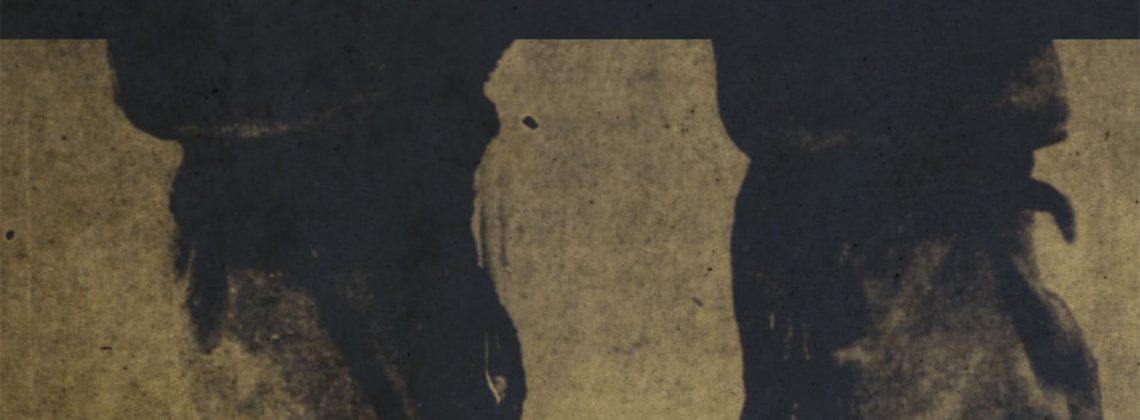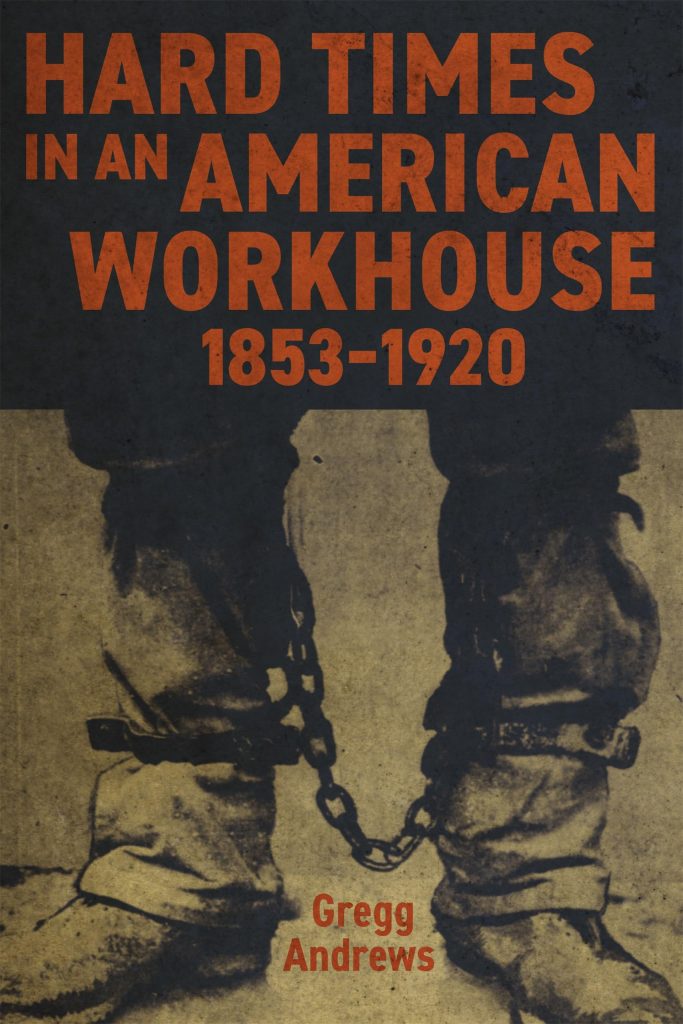

Gregg Andrews is Distinguished Professor Emeritus of History at Texas State University. This interview is based on his new book, Hard Times in an American Workhouse, 1853–1920 (LSU Press, 2024).
JF: What led you to write Hard Times in an American Workhouse, 1853-1920?
GA: The book represents a continuation of my scholarship on poor and working-class Americans in the Mississippi River Valley in the Gilded Age and Progressive Era. While I was conducting research for my previous book, Shantyboats and Roustabouts: The River Poor of St. Louis, 1875-1930, I routinely came across examples of individuals who were sent to the workhouse rockpile because they violated a city ordinance and lacked money to pay the assessed fine. My intellectual curiosity got the best of me, and what began as an intended article grew into a book-length study of the old St. Louis Workhouse. The workhouse was located on the limestone bluffs of Point Breeze, overlooking the Mississippi River on the city’s south levee.
JF: In 2 sentences, what is the argument of Hard Times in an American Workhouse, 1853-1920?
GA: Hard Times in an American Workhouse, 1853-1920 argues that the St. Louis Workhouse, a corrupt, racist institution controlled by ward political patronage, subjected inmates to abuse and unspeakable brutality in a penal labor system that criminalized poverty, Blackness, dissent, and more. My study brings to light compelling stories of individuals who were locked up in the workhouse, and it shows the failure of Progressive Era attempts to reform the diseased, decaying institution.
JF: Why do we need to read Hard Times in an American Workhouse, 1853-1920?
GA: The literature on English workhouses in the era of Charles Dickens is vast, but American workhouses have been understudied by scholars. My book, rich in detail and filled with gripping narratives, provides the first comprehensive look at the daily life and regimentation of an American workhouse. Hard Times gives voice to the forgotten poor who were shackled, chained, and sent to the quarry rockpile or given other workhouse assignments. Most inmates came from the police courts on charges of vagrancy, peace disturbance, public intoxication, prostitution, petty theft, drug abuse, or adultery, but they were thrown into overcrowded cells that included felons on plea deals from the criminal courts.
JF: Tell us about the kinds of sources that you used for this project.
GA: The lack of extant institutional records made my research more difficult, but annual reports by city workhouse superintendents and health commissioners were useful in a limited way. So was a 1911 St. Louis Civic Club report on the workhouse. In a few instances, court cases and other legal records opened windows into the world of the St. Louis Workhouse, but newspapers, especially the St. Louis Post-Dispatch and later, the St. Louis Star, were richer than any other source as persistent critics of the workhouse regime. This was especially the case after Joseph Pulitzer bought the Post-Dispatch in 1878.
JF: What is your next project?
GA: I am writing a twentieth-century history of the shoe industry and its workers in Mark Twain’s boyhood home town of Hannibal, Missouri.
JF: Thanks, Gregg!